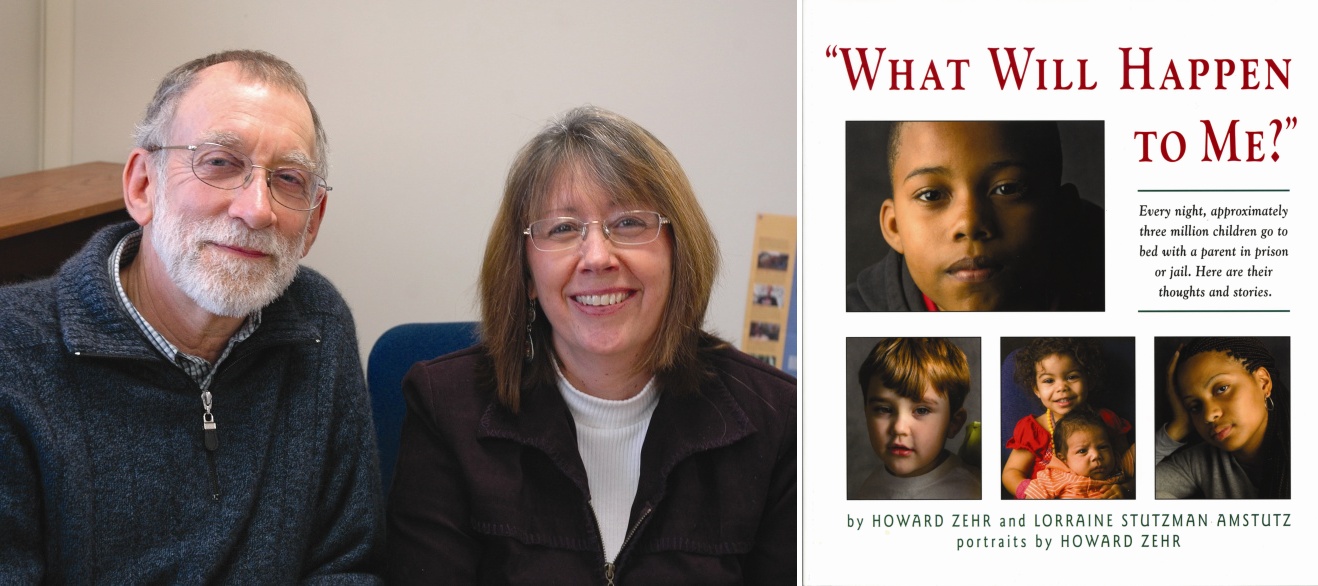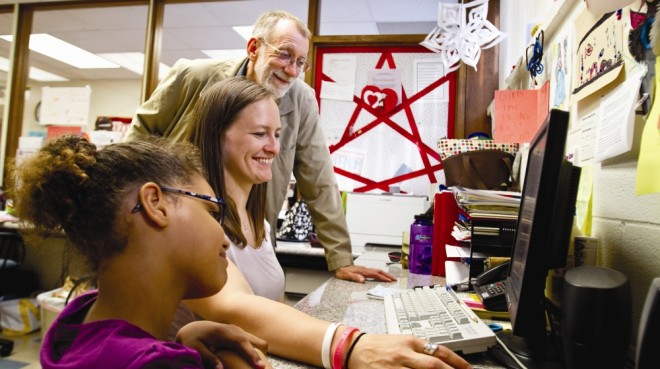In addition to the children of prisoners profiled in What Will Happen to Me?, the same question could be asked of many others touched upon in this edition of Peacebuilder: child soldiers and ex-combatants around the world; confused teens harmed by draconian school policies; survivors of trauma; overburdened officials in criminal justice, educational, and other systems mandated to exercise social control; and all others suffering under the prevailing philosophy of punishment and exclusion, rather than restoration and community building.
The children of prisoners, however, have been a hugely overlooked group until recently. As the book cover notes, “Every night, approximately 3 million children go to bed with a parent in prison or in jail.” This means that almost every schoolteacher in America is likely to have at least one child in class who fits this description.

What Will Happen to Me? (Good Books, 2011) contains poignant photos by Howard Zehr of 30 children whose parents are incarcerated, along with the children’s thoughts, plus some reflections by their caregivers. Co-author Lorraine Stutzman Amstutz has compiled practical suggestions on such topics as “staying in touch,” “adjusting to a parent’s return,” and “self-care for family caregivers.” One of the main objectives of What Will Happen to Me? is to alleviate the sense of shame and isolation felt by the children of prisoners and to support their resiliency. The book also contains a valuable “bill of rights” for the well-being of these children.

